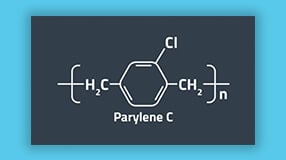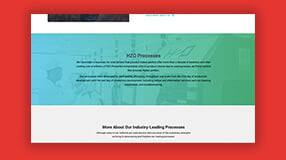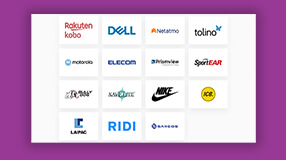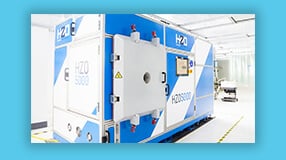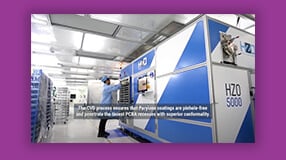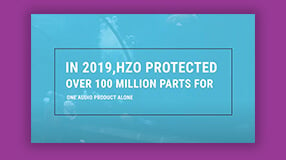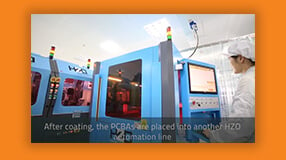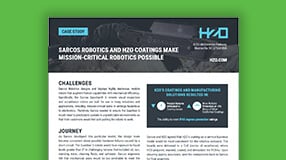VIDEO
Hydrophobic vs. Hydrophilic
About the Video
In this engaging exploration, we break down complex scientific concepts into understandable segments, illuminating the critical differences between hydrophilic (water-loving) and hydrophobic (water-fearing) molecules.
Whether you're a curious student, a passionate educator, or simply a science enthusiast, this video will enrich your knowledge about how substances interact with water.
Tune in and transform your understanding of these fundamental principles that lie at the heart of both nature and technology.
Are HZO Protection
Solutions Right for You?
Additional Resources
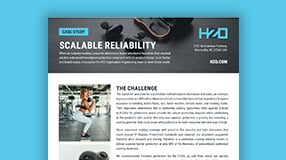
Case Study
Learn About HZO's Partnership With a Fortune 100 Consumer Electronics Company

Checklist


